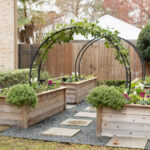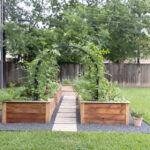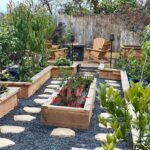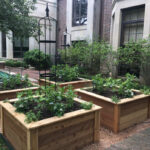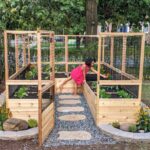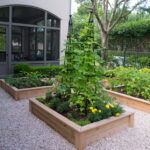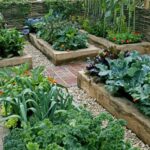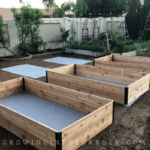Raised garden beds have become a popular option for many gardeners, as they offer numerous benefits. One of the key advantages of raised garden beds is the ability to control the soil quality, drainage, and overall environment for plants. When it comes to designing the layout of raised garden beds, there are several factors to consider in order to maximize efficiency and productivity.
The first step in planning the layout of raised garden beds is to consider the space available. Whether you have a small backyard or a large garden area, it is important to make the most of the space by carefully planning the placement and size of each bed. It is also important to take into account the amount of sunlight and shade that each area receives, as this will impact the type of plants that can thrive in those locations.
Another important consideration when planning the layout of raised garden beds is the accessibility of each bed. It is important to ensure that there is enough space between each bed for easy access to tend to plants, harvest produce, and perform maintenance tasks. Additionally, consider the placement of paths or walkways to provide easy navigation throughout the garden area.
When designing the layout of raised garden beds, it is important to consider the needs of the plants you plan to grow. For example, certain plants may require more sunlight or shade, while others may need specific soil conditions or spacing. By grouping plants with similar needs together, you can create a more efficient and productive garden layout.
In addition to the placement of individual beds, it is important to consider the overall design and aesthetics of the garden area. By incorporating different shapes, sizes, and heights of raised garden beds, you can create visual interest and variety in your garden layout. Consider adding trellises, arbors, or other structures to add vertical interest and create a more dynamic garden design.
Finally, don’t be afraid to experiment with different layouts and designs for your raised garden beds. By trying out different configurations, you can determine what works best for your space, plants, and gardening style. Remember that the layout of raised garden beds is not set in stone and can be easily adjusted or modified as needed to create a productive and visually appealing garden space.

